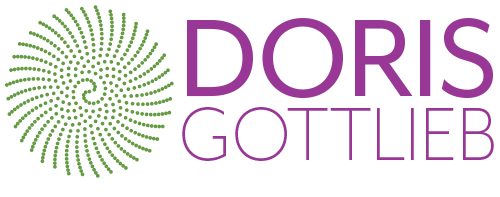Does this sound familiar? You are tired, overtired, at the end of your rope? You have too many things going on, you haven’t eaten well or moved your body in hours. And just at that moment, something important comes up. Perhaps it is a difficult conversation you have to have with a colleague, client or friend? Perhaps an unforeseen opportunity crosses your path requiring quick action? Or maybe you get a flat tire or run out of printer ink? And there you are, exhausted unclear and unprepared physically, mentally and emotionally for what is in front of you. You go on anyway, but at what cost?
You may get through it all, you may even have results you are okay with, but at what cost to your spirit, body, emotions, and mind? At what cost to your friends, colleagues, and family? If you are always in overdrive, how sustainable is that? How much better would things work if you were working and acting from a state of increased wellness?
Now, this idea is not new and it is happily gaining increased traction. Many people, especially young people entering the workforce, are no longer willing to sacrifice their health and well-being for a job. Organizations are implementing mindfulness and fitness courses on site, they are encouraging staff to be careful of their personal health, and that is a welcome shift.
However…what about the health of the organization as a whole?
Healthy Organizations are like healthy people, more able to handle what life throws at them.
With the increased understanding that when someone is healthy they are better able to do their work and to flourish in their life, it should come as no surprise that if the organization is also healthy it too will be more able to thrive.
Often organizational health has been seen in narrow terms such as within finance. We pay the bills have made a profit, increased market share, thus we are healthy. However, how healthy can an organization be, if these material results are obtained at the sacrifice of the health and well being of the people within the organization? How can organizations with endemic burnout and depression of their staff be considered healthy? What sort of health is there when people are mercilessly bullied by co-workers and their superiors, sometimes even to suicide and homicide? It is impossible to speak about organizational health when one of the most important parts of the organization, the people who make it up, are living in an environment that is not healthy.
Materially you can look at:
Are the physical conditions in which people work conducive to life and health?
Are finances in order?
Are the structures within the organization actually supporting the organization to do its work, or do they stand in the way of that process?
Are the products and services able to be produced without excessive harm to those who are producing them and to the environment?
Human Relations wise you can look at:
Are there good, clear communication lines between people?
Is there transparency about what is within and without someone’s authority?
Is there time and space for colleagues to speak, to work our their ideas together and to reflect?
Are the purpose and values of the organization clear to people? Is it clear how each person’s contribution is part of the larger whole?
And…Organizational health transcends the material
Organizations are more than just human relations and physical things, there is any number of more numinous factors that can influence the organization’s health, just like they can an individual’s health. These are more intangible factors that nonetheless have a powerful impact on the health of organizations, just like they do on people.
Some of these intangible factors include the sense of connection to deeper meaning, the sense of alignment and the sense of passion for what the organization stands for in the world. One way you can say it is that the organization is infused with a sense of soul.
Do people feel connected to the organization’s greater purpose?
Is there a sense of connection and genuine support of one another within the organization?
Do you see involvement and engagement that allow people to take action in service of the organization?
In short, does the organization feel alive and courageous?
As with people, when there is a focus on these issues that aid in creating an environment of “health” throughout the organization, there is a greater chance that the organization as a whole will be able to confront unexpected challenges in an elegant and effective way, just like you and I when we are rested and in strong and feeling healthy.
In a social environment that is asking of us to constantly react to unexpected, challenging and often difficult circumstances, focussing and building organizational health can be the best way to ensure that your organization can rise to challenges it faces. Indeed it may even lead to difficulties becoming almost like “rites of passage” for the whole system, as it rises to the tests that it faces and works in a courageous way to address what may even be insurmountable hurdles.
Some time ago a colleague mentioned a sales team she was working with. They were constantly under pressure to raise their sales goals in a highly competitive market. The goals set often seemed unattainable, and sometimes downright mean. Since the team was healthy they would have morning staff in the form of a rugby huddle. When they heard the next challenge they would a great chant together, something like: “like let’s go for it,” before they moved out into the store, with a will and exuberance to make the impossible happen — often they did, sometimes they didn’t but that didn’t matter, they knew they were doing what they could. Their team was healthy, that is what organizational health can do.
(You can also find this article and more of my writing at Medium.com)

